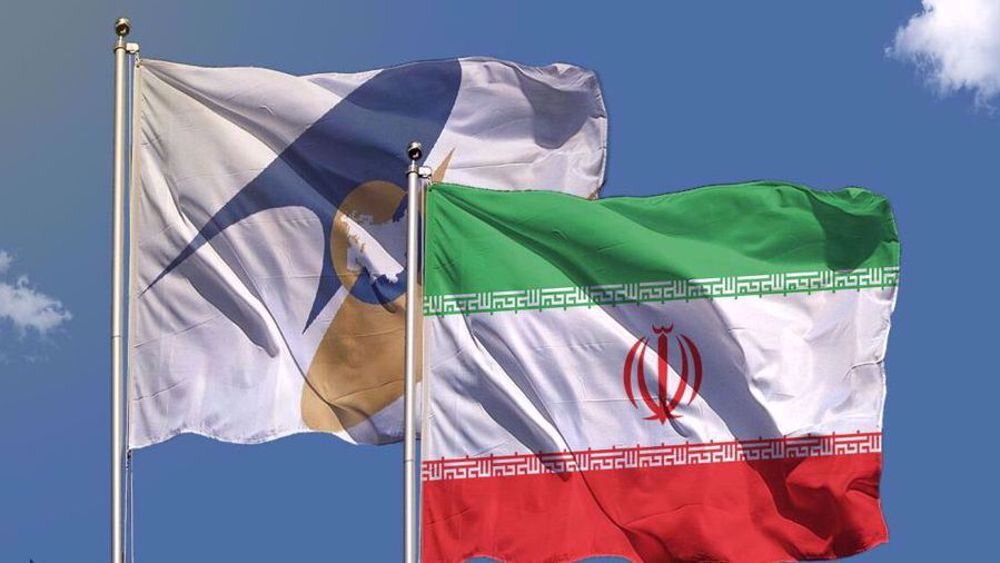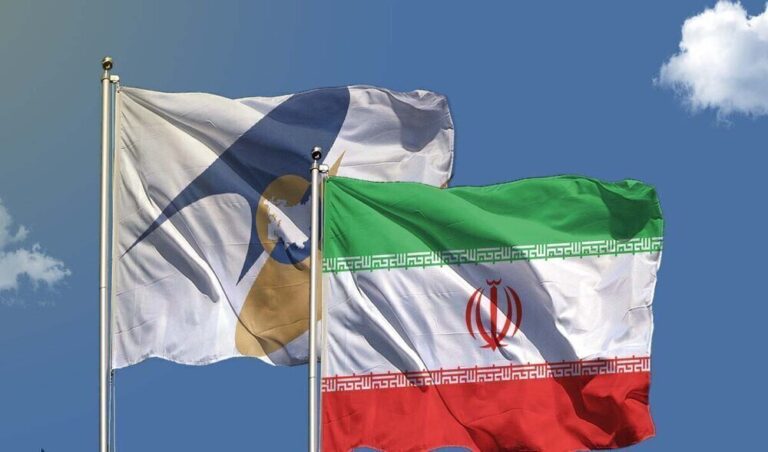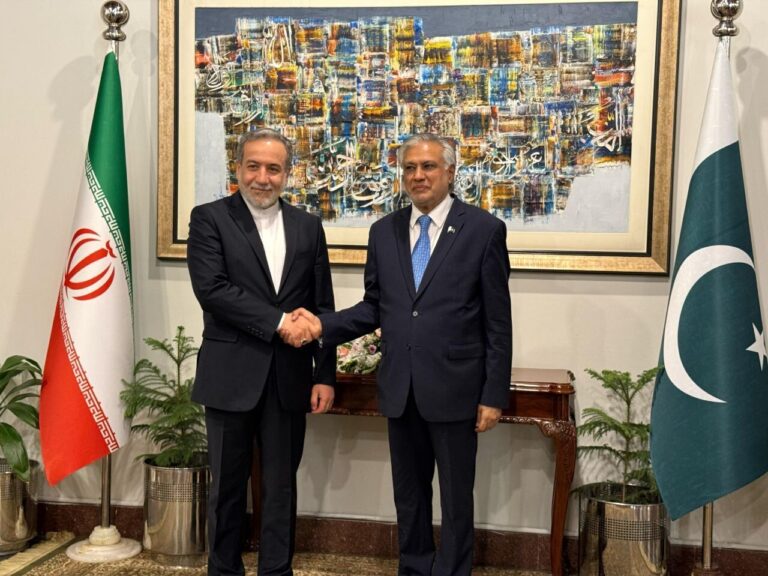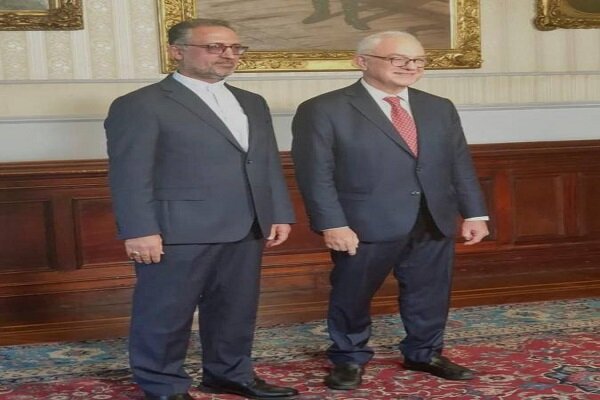FTA Sparks Surge in Iran-EAEU Trade and Economic Collaboration
The recent implementation of the Free Trade Agreement (FTA) between Iran and the Eurasian Economic Union (EAEU) marks a significant milestone in enhancing trade and economic cooperation between Tehran and its member states. According to Iranian Foreign Ministry spokesperson Esmaeil Baghaei, this agreement will lead to a substantial boost in economic exchanges.
On May 15, the FTA between Iran and the EAEU officially began, as announced by Russian Deputy Prime Minister Alexei Overchuk. This agreement is expected to facilitate smoother trade relations among the union’s member countries, which include Russia, Belarus, Kazakhstan, Armenia, and Kyrgyzstan.
Baghaei emphasized the importance of the EAEU to Iran, stating that the country is eager to maximize the benefits of this partnership. He said, “The implementation of this agreement between Iran and the EAEU member states will result in a substantial increase in trade and economic exchanges between Iran and the five countries.”
The EAEU serves as a critical framework for strengthening economic ties between Iran and its member nations. The agreement was signed in Saint Petersburg on December 25, 2023, with the primary goal of reducing or eliminating both tariff and non-tariff barriers, thus enhancing economic and commercial collaboration.
- Tariff Reductions: The agreement allows for a significant reduction in trade tariffs, with around 87% of goods traded between Iran and EAEU members facing zero tariffs.
- Remaining Goods: The remaining 13% will continue to be traded under a standard tariff system.
- Cost Savings: According to Overchuk, Russian businesses are set to save approximately $300 million annually in duties through this agreement.
- Trade Opportunities: The FTA opens up over 90% of product categories for trade between Iran and the Russian Federation, fostering an environment conducive to growth.
Prior to this FTA, Iran and the EAEU had established a three-year preferential trade agreement (PTA) in 2019. This agreement enabled Iran to reduce tariffs on 380 goods imported from EAEU countries while receiving discounts on 502 goods exported to the bloc. Such arrangements have laid a robust foundation for deeper economic integration.
In recent developments, Iran has also achieved observer status in the EAEU, further signaling its commitment to strengthening ties with the economic bloc. This move is part of Iran’s broader strategy to enhance its economic footprint in the region and leverage the opportunities presented by the EAEU’s diverse member countries.
The EAEU, with its distinct economic framework, provides Iran with an avenue to expand its trade relations beyond its traditional partners. By joining this economic union, Iran aims to diversify its trade partnerships and reduce reliance on any single market.
Baghaei remarked that Iran is fully committed to utilizing every opportunity to bolster the potential of the EAEU member states. As the implementation of the FTA progresses, both Iran and the EAEU members stand to gain significantly from increased trade volumes and enhanced economic cooperation.
In conclusion, the Free Trade Agreement between Iran and the EAEU is a landmark development that promises to reshape the trading landscape for both parties. With its focus on tariff reduction and economic collaboration, this agreement not only aims to increase trade but also to foster lasting partnerships that can withstand global economic challenges.
As the situation develops, stakeholders from both Iran and the EAEU will be closely monitoring the impacts of this agreement, anticipating a new era of economic prosperity and collaboration.






